50 Years of Fiat 130
Fiat and the upper middle class were once things that clearly belonged together. While today the Italian brand is only known for small cars, compact cars, maybe some models besides it and light commercial vehicles, 50 years ago a big sedan appeared on the market with the 130. A 2.9-liter V6 engine with 103 kW/140 hp, developed by Aurelio Lampredi, served as the drive unit. Later the power was increased to 118 kW/160 hp and 226 newtonmeters of torque. Contrary to some claims in some publications, this engine isn’t identical with the Ferrari Dino engine, which was used in the Fiat Dino Coupé at the same time. Aluminium cylinder heads and overhead camshafts clearly speak for Lampredi’s kind of sporty vehicles with corresponding engine designs. In comparison to other six-cylinder cars of the same period, this engine always remained rather inefficient and also attracted attention due to its high fuel consumption.
In designing the 130 sedan, Fiat relied on the skills of its own Centro Stile under the direction of Mario Felice Boano, who had run his own design studio in Grugliasco/Italy between 1954 and 1957. For the 130 he drew a body in the style of the then smaller Fiat models such as the 128, but with more chrome trim. The result is still highly controversial among brand fans and is often considered too pompous. In order to achieve the highest possible driving comfort, the car could be ordered with extras such as electric power windows, air conditioning, leather upholstery and automatic transmission. Next to that an optional limited slip differential for the driven rear axle, a transistor ignition and alloy wheels were available. In the spring of 1971, a major model upgrade was carried out, including a change of engine to a 3.2-liter V6 with 121 kW/165 hp and 260 newtonmeters of torque. With this a topspeed of 190 kph (118 mph) was possible.
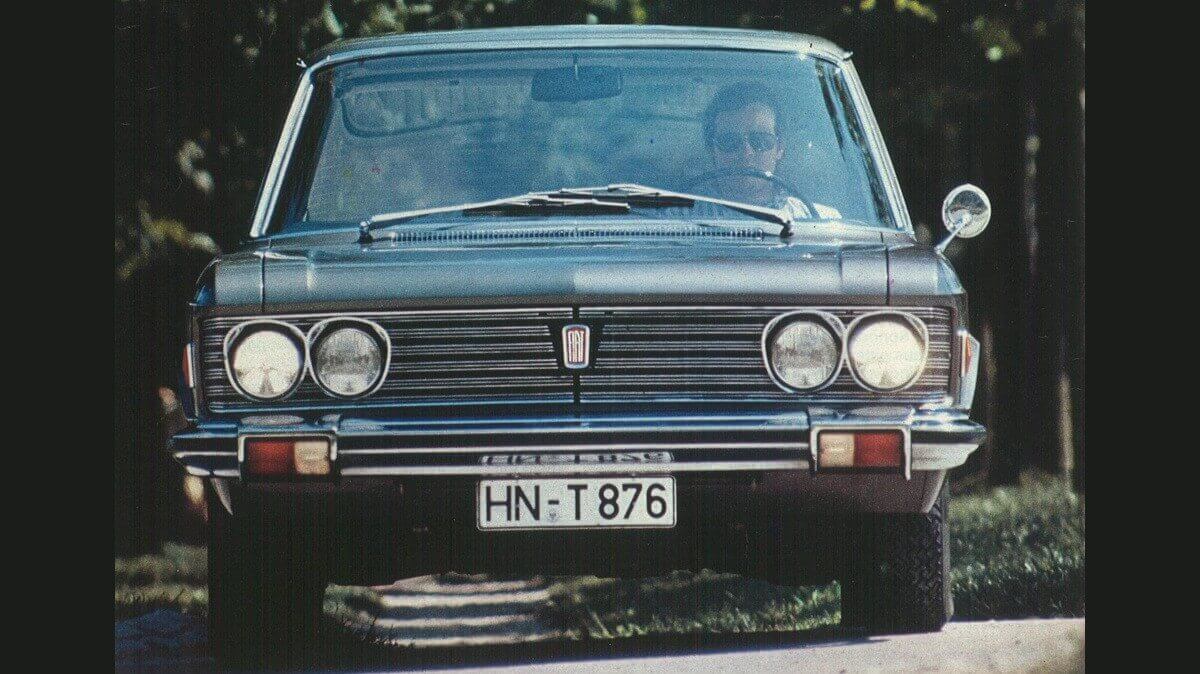



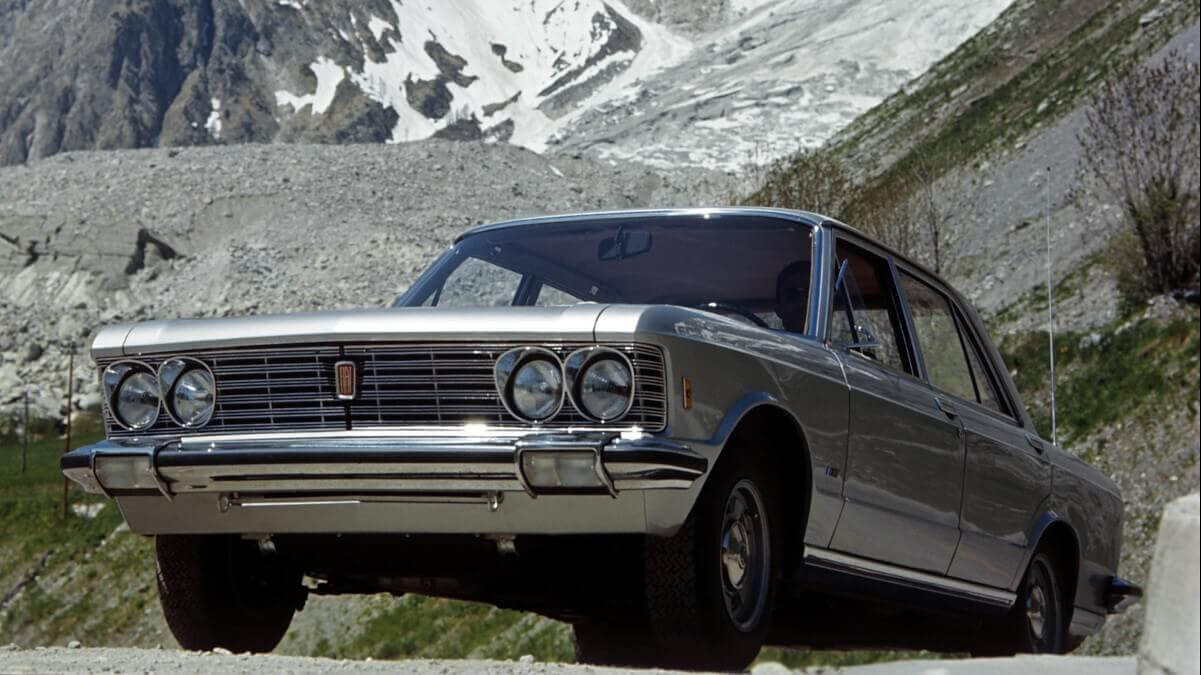



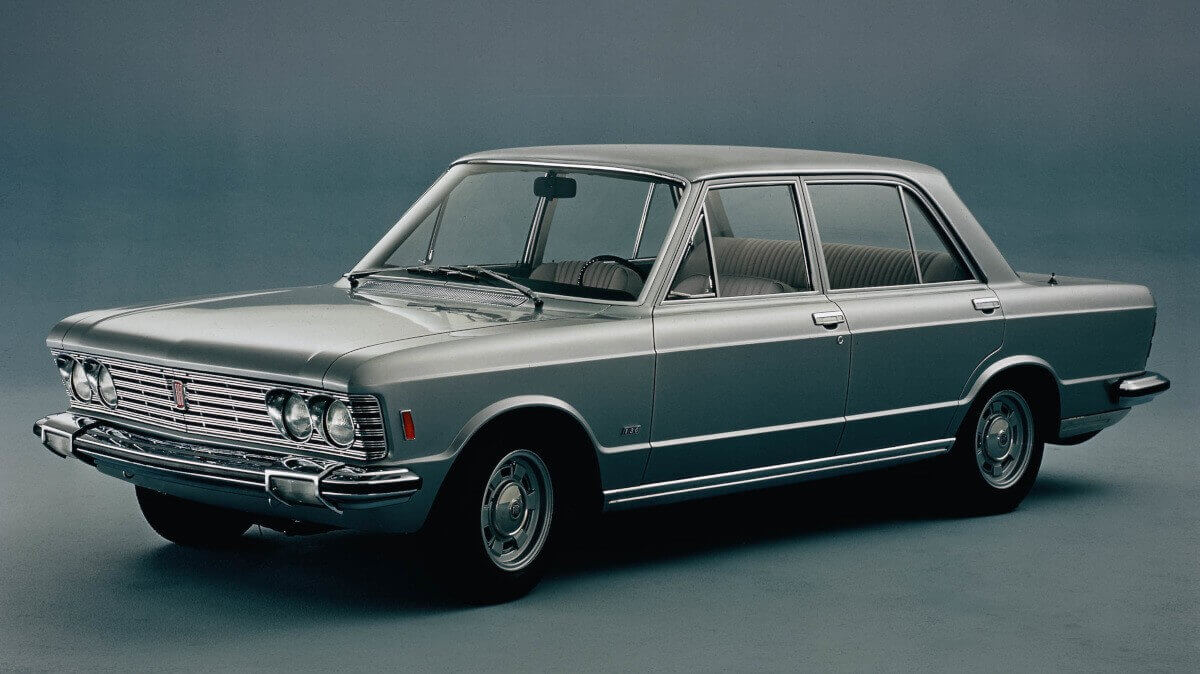



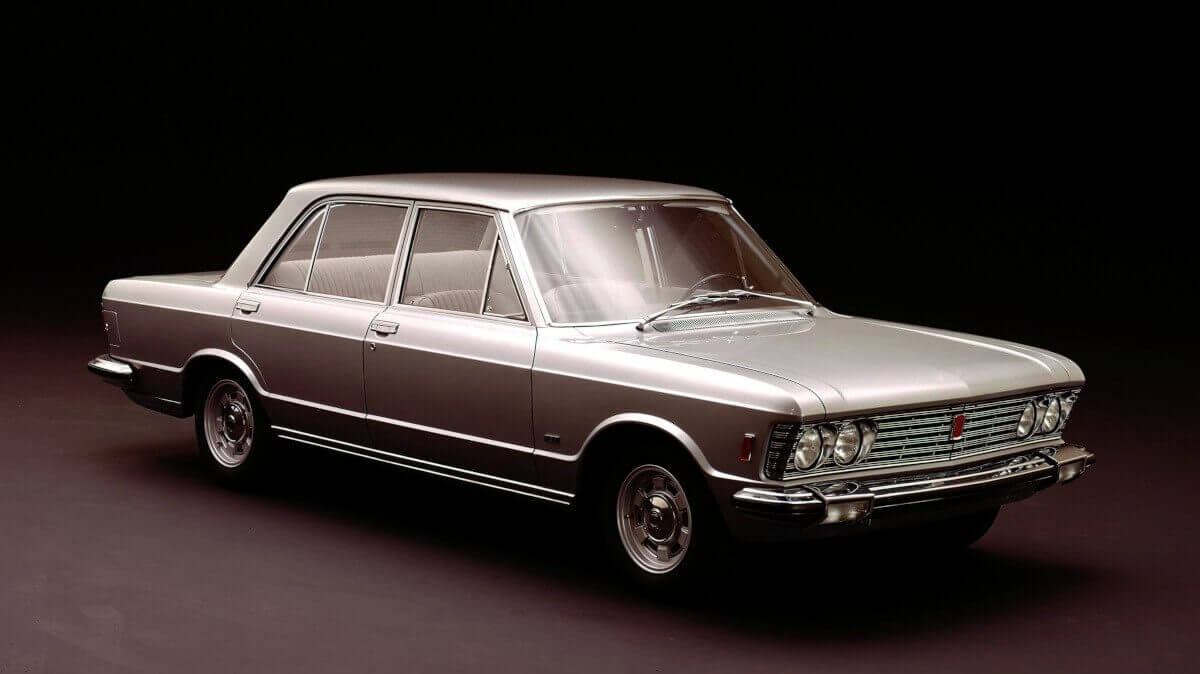



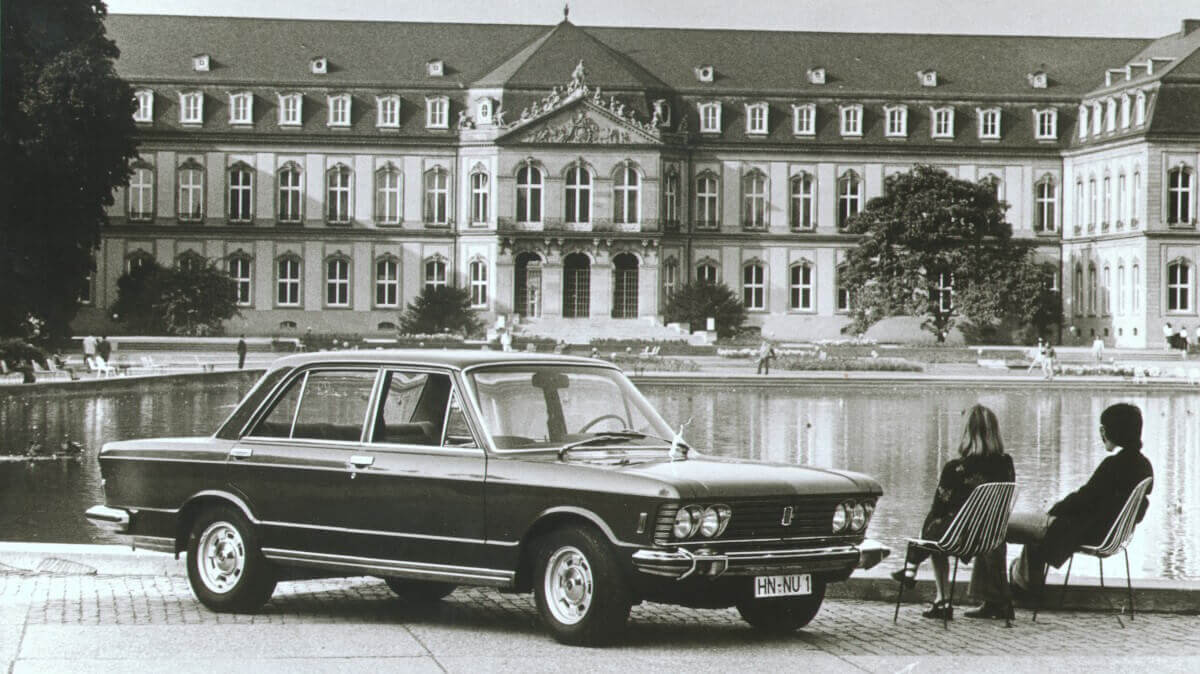



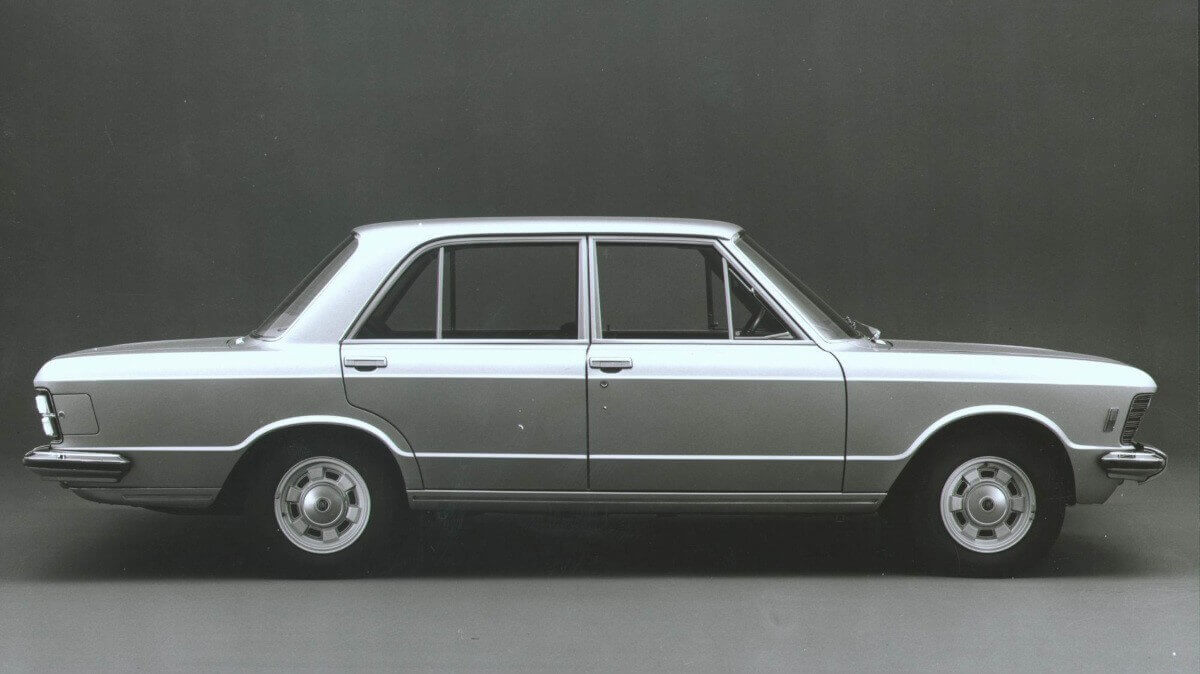



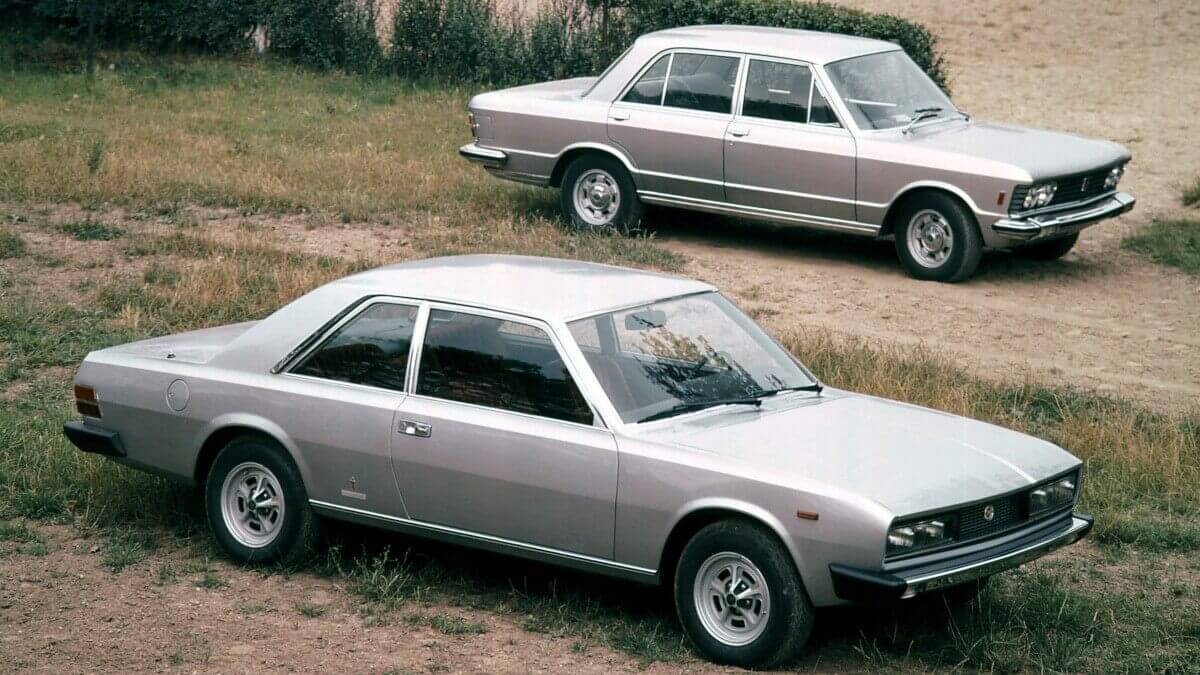



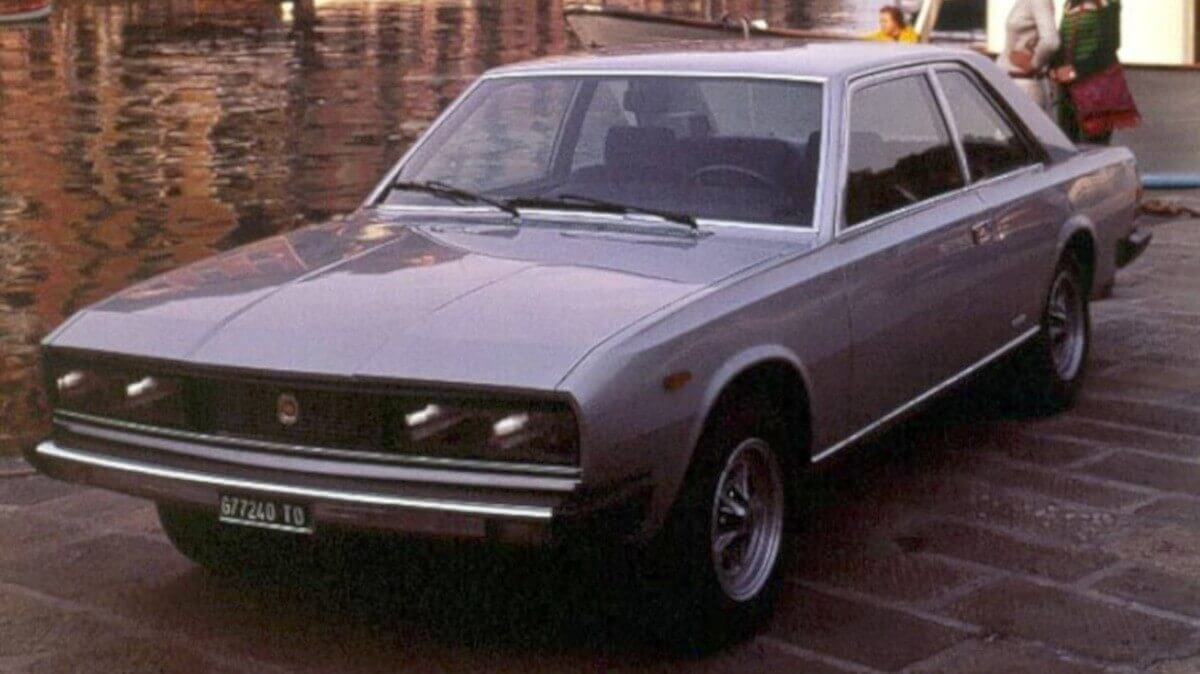



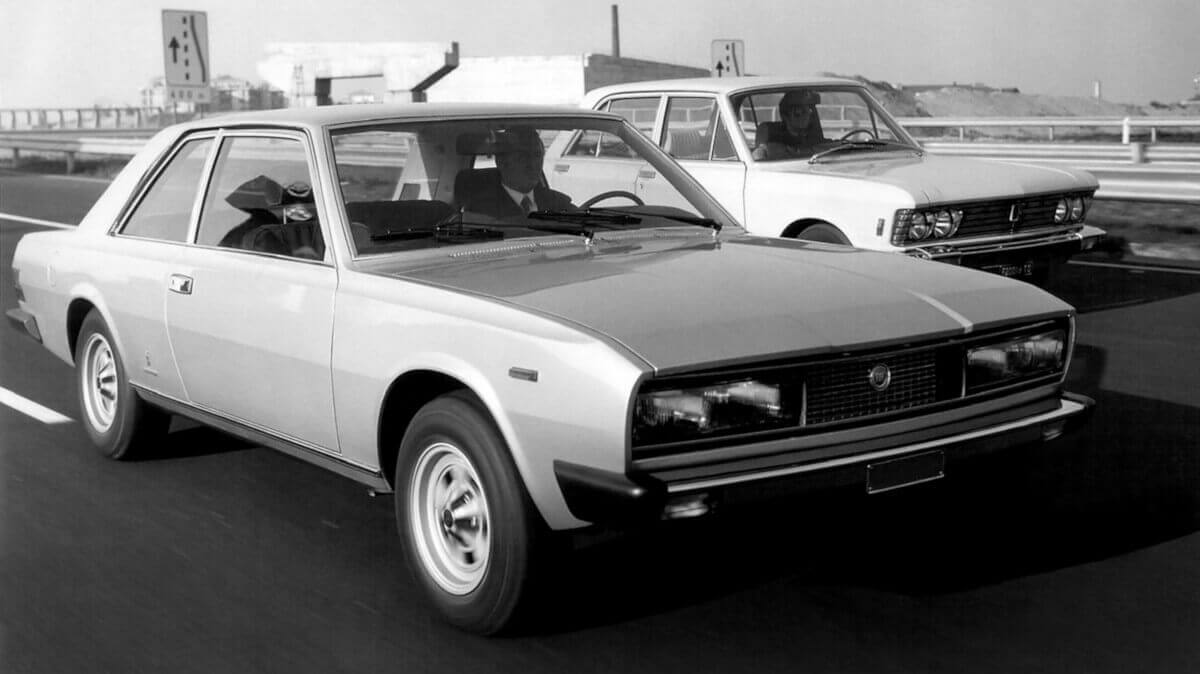



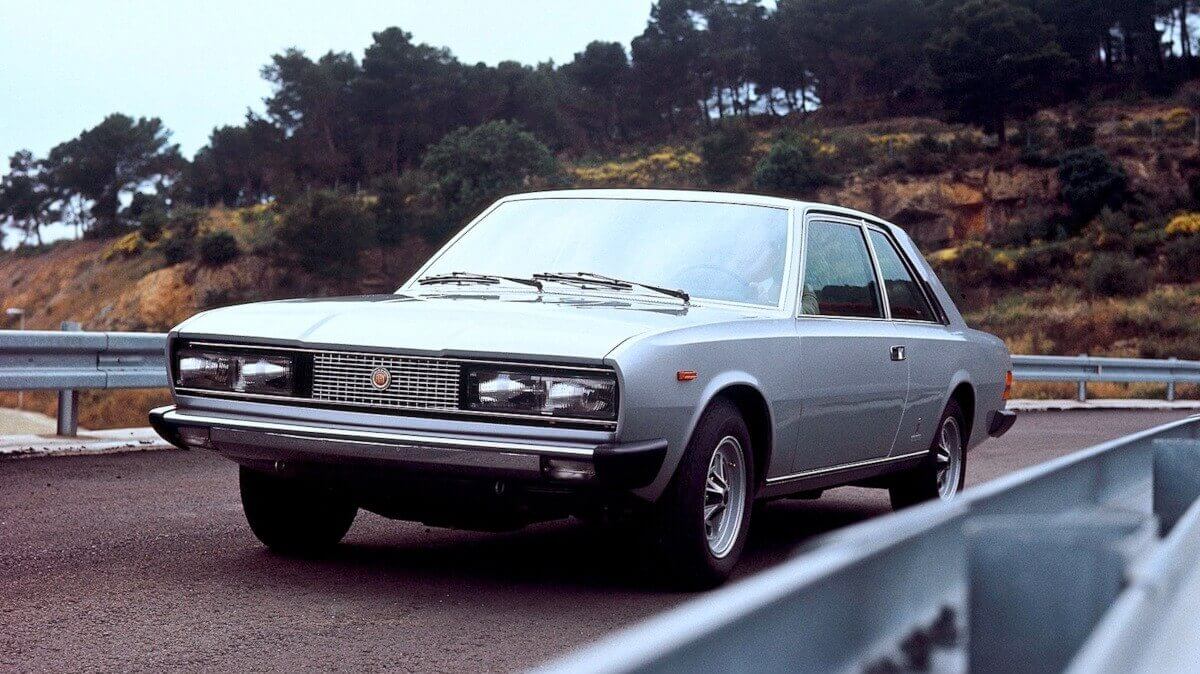



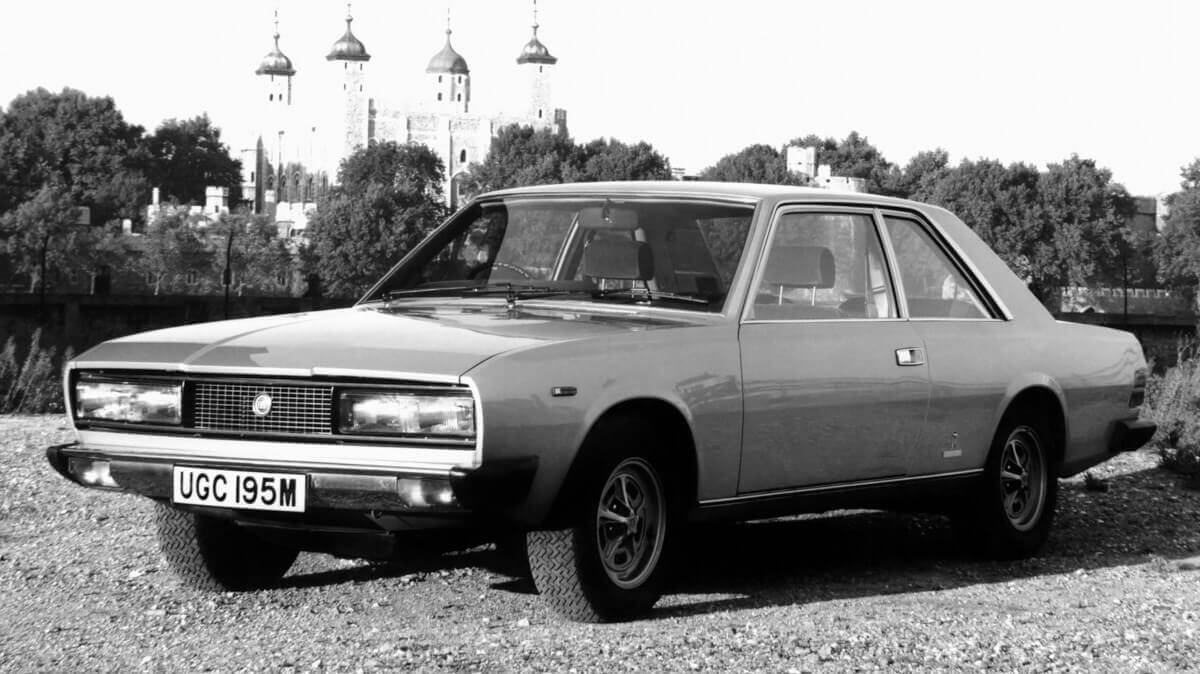



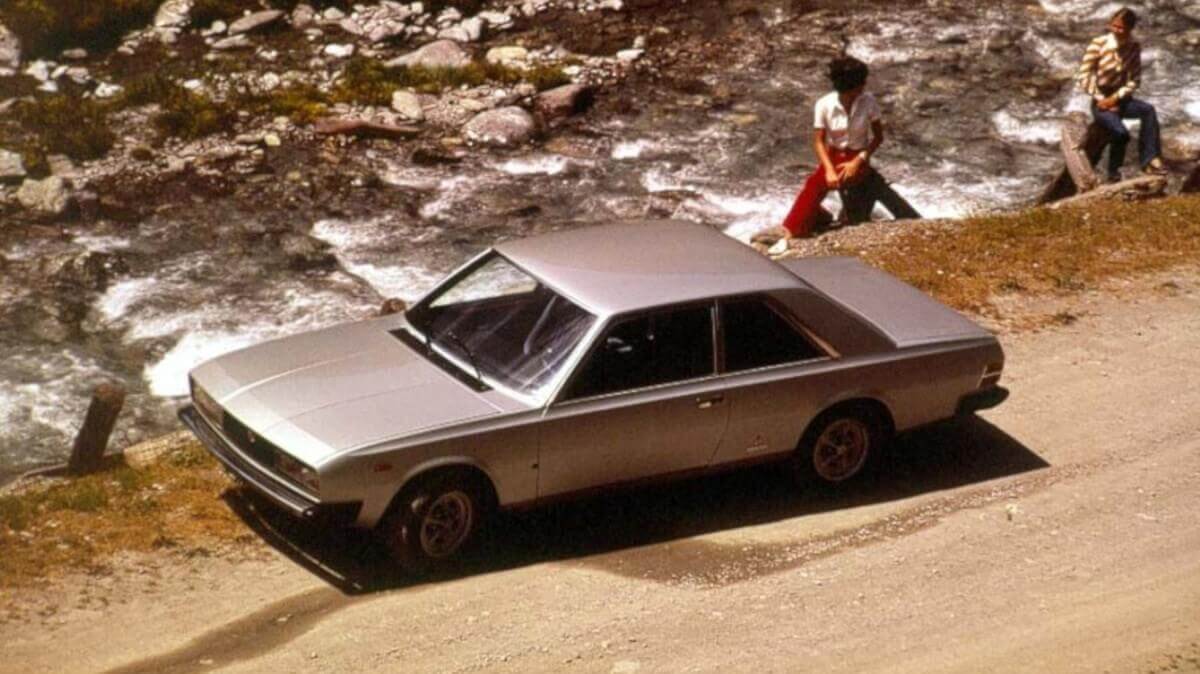



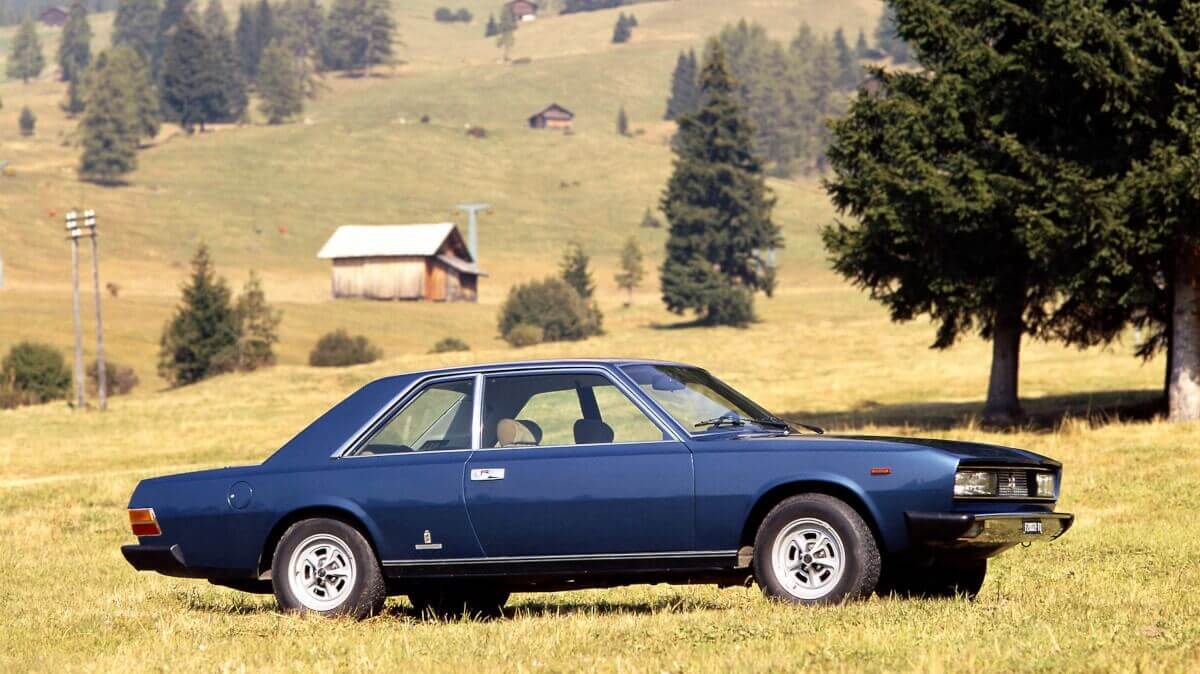



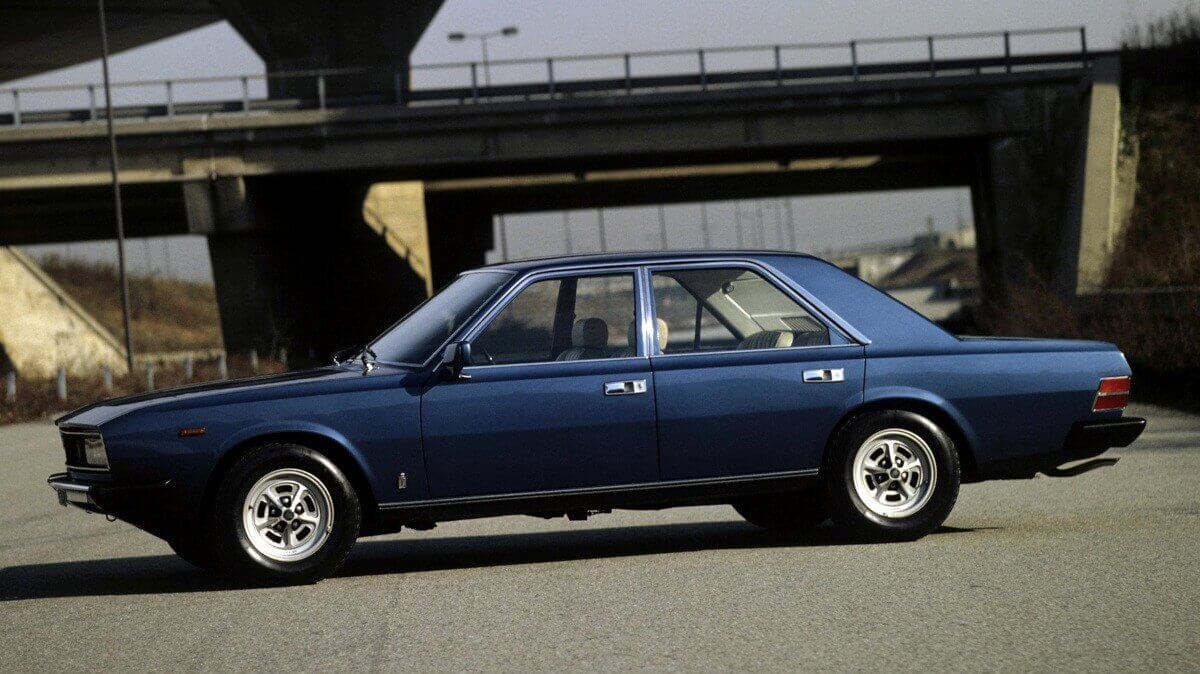



At the same time as the model update took place, Fiat also introduced the two-door 130 Coupé. The design came from Paolo Martin and Leonardo Fioravanti, who worked at Pininfarina at the time. There also the production took place in small series. The design was clearly different from the sedan with very small chrome accents. In addition, a new dashboard with round analogue instruments and wooden decor was used, which was also adopted in the sedan. Next to the manual five-speed transmission, the Coupé could also be equipped with three-speed automatic. This variant was intended to increase the sales figures for the 130 series, which hadn’t developed as expected. However, nobody expected such an expensive vehicle at the Fiat dealers at that time. As a result, only 4,493 units of the Coupé were produced between 1971 and 1977. Interestingly enough, the Fiat 130 Coupé is a rare classic car, but also available for a much lower price than its then competitors such as the BMW 3.0 CS or the Mercedes-Benz 350 SLC. The few surviving examples of the approximately 15,000 built units of the 130 sedan are again around half cheaper than the Coupés.
On the basis of the Fiat 130, various special coachbuilt cars as one-offs or in low volume production. Fiat’s prototype department created a five-door station wagon version and the three-door Maremma sports station wagon with large glass surfaces behind the B-pillars. Meanwhile, Pininfarina created the four-door 130 Opera limousine with the design of the 130 Coupé. Other station wagon conversions and hearses were added by external companies. Pininfarina used design influences from the 130 Coupé in various later cars such as the Rolls-Royce Camargue, the Ferrari Pinin and the Cadillac Allante.
Images: Fiat, Pininfarina




